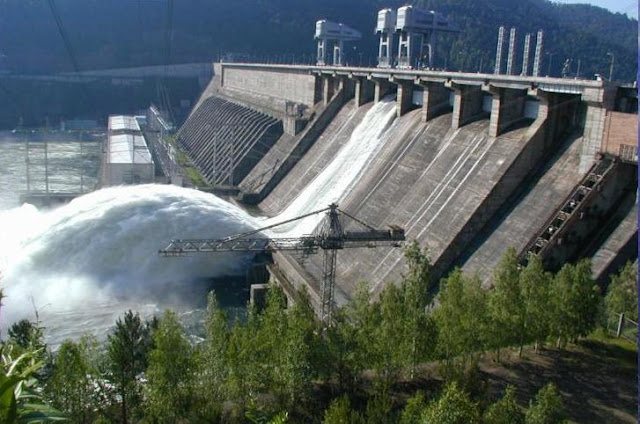“The modernisation of the Kadyrinskaya HPP-3 plant is a great step forward in making effective use of Uzbekistan’s hydropower potential and forming a unified system for managing water and energy resources,” Uzbekistan’s Deputy Energy Minister Sherzod Khodjaev said. “Progress in Uzbekistan’s hydropower industry will increase energy efficiency and the contribution of renewable energy to the country’s energy balance,” he added.
The modernisation of Kadyrinskaya HPP-3 was in cooperation with a leading Chinese hydropower enterprise and a team of Chinese specialists, Uzbekistan’s Energy Ministry said on August 3, adding that the project cost was $27.6 million, and capital was provided through a $9.8 million Eximbank loan from China and $17.8 million from Uzbekistan’s own funds.
Modernisation of the plant has increased its capacity from 13.23 MW to 15.34 MW and average annual power output to 124.4 million kWh.
The project to modernise Kadyrinskaya HPP-3 is one of several ongoing investment projects to both construct new hydropower plants and modernise existing ones. It is part of Uzbekistan’s ambitious national energy strategy seeking to generate a quarter of all electricity from renewable sources by 2030. The strategy aims for 3.8 GW of hydro energy, 5 GW of solar energy and up to 3 GW of wind energy.
In line with the Nationally Determined Contribution under the United Nations Framework Convention on Climate Change, the Government of Uzbekistan is committed to the general goals of policy for improving energy efficiency and increasing the share of renewable energy in the country’s energy balance.
The Uzbek ministry said the project, which commenced in December 2017 following a Presidential Decree, was completed on time despite the ongoing coronavirus pandemic. During the last months of the project, employees and contractors worked around the clock under special quarantine conditions.
NEWEUROPE

评论
发表评论